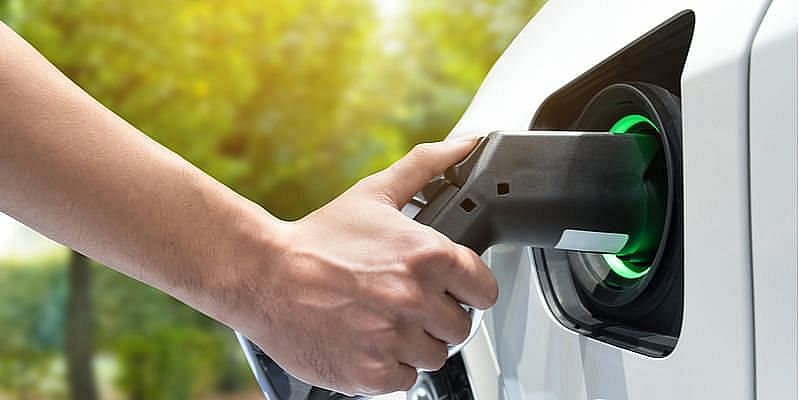India’s venture into the Electric Vehicle (EV) market got prominence with Mr. Chetan Maini’s Reva – launched in June 2001. A two-door model that was just perfect for the traffic overrun urban cities, it was an idea well ahead of its time, and it failed to make a dent against its gas-guzzling counterparts.
But as new technology, policy shifts happened, and consumer mindsets started changing, EVs are a lot more common place today than one would have anticipated even a couple of years ago.
In the past couple of years, EVs, especially in the two and three-wheeler, do not sell only on the “low running cost” peg but actually make a strong lifestyle statement.
Today, we are seeing a number of ICE manufacturing giants offering compelling products, including four-wheelers. What led to this sharp pivot – from discussions regarding the viability of EVs to the sudden increase of EVs on the roads?
Total cost of ownership
The ever-increasing fuel prices combined with the perspective of EVs being technologically superior and the future of automobiles has helped push the sale of EVs in India. Automobile companies of India were quick to identify a segment of customers who are driven by performance, new technology and connectivity while being price-sensitive.
EVs are not just a cleaner alternative to the environment, it also has the added benefit of being silent, yet powerful and more efficient in the longer run.
Governments policies
The Indian EV market, though in its nascent stage, is expected to reach $47 billion by 2026 registering a CAGR of over 44 percent during the forecast period. As per reports from The Society of Manufacturers of Electric Vehicles, sales for EV passenger vehicles were up by 110 percent (5,905 units as against 2,814 units). Government policies and initiatives have helped speed up the adoption of EVs, specifically in the passenger vehicle segment in India. The recent modification to the FAME-II (Policy) will further drive the demand for EVs.
While the future looks promising, there are still some bottlenecks that concern potential EV owners.
EV charging infrastructure
EV charging infrastructure in India has always been a key pain point. Lack of charging infrastructure in addition to lack of space makes the issue look like a mammoth one. However, with fast charging options becoming the norm, and the government’s push to set up EV charging kiosks across the country, the gap is likely to be bridged.
The potential for the growth of charging infrastructure from a technology perspective is immense. Battery swapping has recently seen an uptick for two-wheelers and three-wheelers owing to fleet operators. In other parts of the world, researchers are pioneering wireless charging of electric vehicles using charging strips embedded on the road.
Maintenance of EVs
While much has been said about the lower total cost of ownership, not a lot has been mentioned about the long-term maintenance cost of EVs. Over two dozen mechanical components that require far more periodic service are eliminated by EVs. This roughly translates to paying only one-third of regular service charges. Periodic checks will continue to be a part of EV.
The only time when EV owners are likely to see a spike in maintenance cost is if they are replacing their battery with a fresh one. Like fuel-run cars, it is best to turn to licensed technicians to run checks on EVs owing to the technology involved.
The next few years are going to be critical and extremely fast-paced for the EV sector in India. The evolving mindset of consumers, government interest and new policies will go a long way in promoting EV adoption in the country.
Competitive pricing will soon come to play with more automobile companies introducing various models of EVs in the market. Prices for batteries are expected to drop further owing to the domestic manufacturing of EV components.
EV charging infrastructures are being strengthened across the country with fleet operators working hand in hand with the government. India’s road ahead for EV is certainly bright, and filled with opportunities as the country aspires to achieve its vision of 100 percent EVs by 2030.
(Disclaimer: The views and opinions expressed in this article are those of the author and do not necessarily reflect the views of YourStory.)










